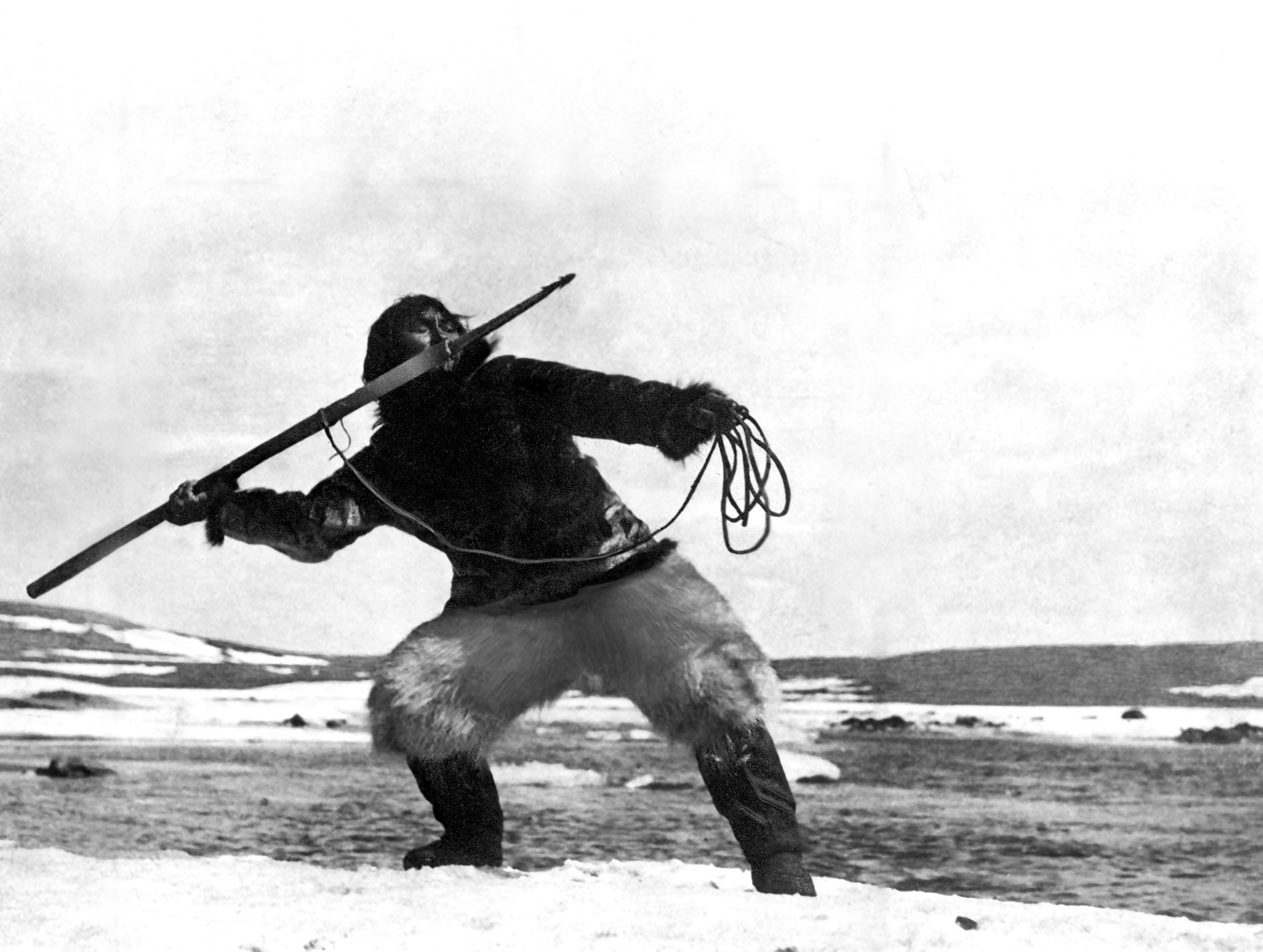Is Robert Flaherty’s celebrated picture a 100% unstaged and fully accurate picture of how members of the Inuit population of the Canadian Arctic lived in the early 1920s? Of course not. At the time of its release, audiences may have taken it as a kind of cinema verité, a concept that at the time did not yet have a name—in fact, the filmmaking techniques necessary to achieve it hadn’t even been developed. But Nanook of the North represents another kind of filmic truth: an artist and explorer’s desire to understand a way of life among a specific group of people and to capture some version of that reality for a greater audience. In that sense, Nanook of the North stands as a work of enduring beauty. Photographer and explorer Flaherty spent 16 months living with an Inuit named Allakariallak, called Nanook in the film, and two women who were presented as his wives, though in real life they were not. (At least one of them, called Nyla in the film, may have been Flaherty’s common-law wife.) These people are both Flaherty’s protagonists and friends, and he enlisted them to re-enact traditional—but at that time declining, or nearly altogether lost—modes of life, including the building of an igloo from blocks of snow and the hunting of walrus with spears. In reality, guns were already in common use for hunting, but it’s possible that Allakariallak was himself hoping to preserve, if only via Flaherty’s camera, ways of life that were already fading in his world. In any case, Flaherty’s film is luminous, haunting and joyful all at once—not a documentary, strictly speaking, but a document of one man’s attempts to see, and to help others do so as well.
- The 100 Most Influential People of 2024
- Coco Gauff Is Playing for Herself Now
- Scenes From Pro-Palestinian Encampments Across U.S. Universities
- 6 Compliments That Land Every Time
- If You're Dating Right Now, You're Brave: Column
- The AI That Could Heal a Divided Internet
- Fallout Is a Brilliant Model for the Future of Video Game Adaptations
- Want Weekly Recs on What to Watch, Read, and More? Sign Up for Worth Your Time
